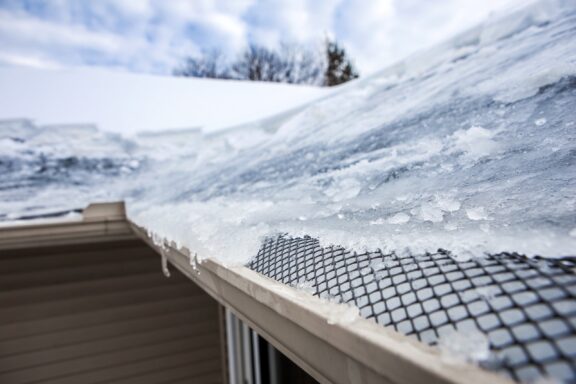Preserve Your Home’s Beauty: Importance of Siding Maintenance and Repair by Sela Roofing in the Twin Cities
Your home’s siding serves as its protective shield against the elements while also contributing to its curb appeal and overall aesthetic. In the dynamic climate of the Twin Cities,



